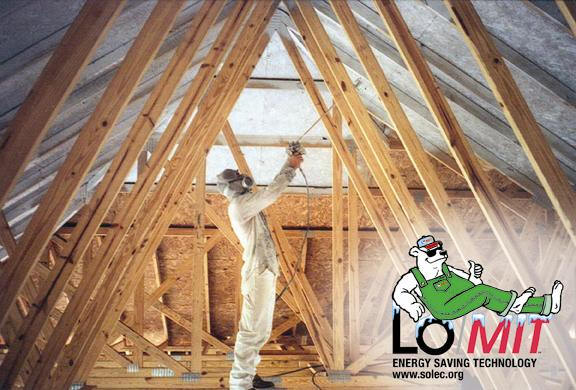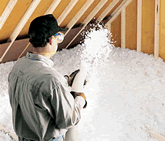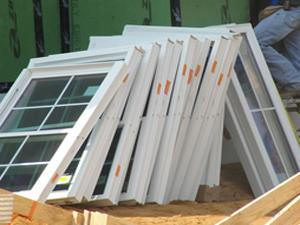Weatherization Program
| General Information |
| Many people would like to lower their household energy bills but need an expert to recommend what steps to take as part of a long-term plan and then need a contractor to perform the work. There are several municipal governments and nonprofits that see home energy use as one the most important ways to meet greenhouse gas emission reduction goals. They also provide Free of Charge home Energy Audits and pay for the necessary repairs to make your home more energy efficient to help you lower your utility costs all year long. |
| Weatherization Assistance Program W.A.P. |
W.A.P. is
designed to help low income customers control their energy costs through
installation of weatherization materials and education. The
weatherization work consists of caulking; weather-stripping; adding
ceiling, wall, and floor insulation; patching holes in the building
envelopes; and tune-up, repair or replacement of energy inefficient
heating and cooling systems. The agreed-upon Federal stimulus plan
provides about $50 billion aimed at ushering in a clean-energy future
and includes money or tax credits for Americans to weatherize their
homes and buy hybrid cars. The bill sets aside $5 billion to weatherize
more than 1 million modest-income homes, saving families an average $350
a year.
The
Texas
Department of Housing and Community Affairs
offers Texans energy audits (a review of the
home's energy efficiency, which identifies where air leaks may be
occurring, inefficient appliances, and other measures) and
installation of weatherization measures to increase energy
efficiency of a home. Households must be at or below 125% of federal
poverty guidelines and the home must be able to benefit from being
weatherized. Priority is given to households with very low income,
small children, elderly resident, or a disabled resident.
|
Radiant
Barrier |
Radiant Barrier Coating
can control heat absorption in the roof of a house by reflecting back
the solar radiation trying to penetrate the attic. The Radiant Barrier
is sprayed on the bottom side of the roof deck facing the attic. Attic
temperatures will be much lower in the summer, reducing the cooling load
on the home and dramatically increasing comfort. |
 |
| Insulation | |
| Most attics do not have the proper amount of insulation. In fact, even homes built just a few years ago have only 6 inches of insulation...just enough to get to the top of the joists!. By adding the proper amount of attic insulation, we can significantly reduce your energy bills. Wall insulation is just as important to reduce heat. Many homes have inadequate or no wall insulation. |
 |
| Insulated Windows | |
| Insulated windows are the most energy-efficient residential windows on the market today. Homeowners could save tens of thousands of dollars over the life of their homes. Windows are the biggest source of heating and cooling energy loss in homes. By dramatically increasing the R-Value performance for energy-efficiency, Insulated windows can generate the significant heating and cooling savings that make them a brilliant home-improvement investment. |
 |
| Energy Saving Tips |
According to the U.S. Department of Energy, some people who have weatherized their home have saved an average of $300 in annual utility costs while adding an estimated $1,000 to the value of their home. |
Home | Commercial Projects |
Residential Projects |
Weatherization | Contact Us
PRA Contracting Provides Affordable Construction and Remodeling For All Budgets
For more information call (281) 804-1602